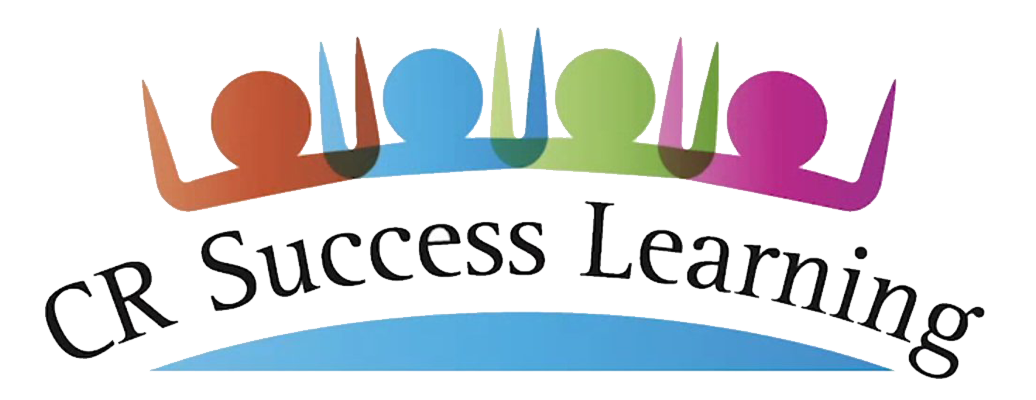🧭 Assessment Part 4: Where Do We Go From Here?
Next Steps
How to Use Formative Assessment to Improve Reading Instruction and Student Growth
Here’s What We Know
The most effective classrooms use assessment not as a finish line, but as a guide. The Science of Reading surrounding assessment shows us that when assessment is frequent, connected to instruction, and focused on feedback, it helps teachers respond in real time. It helps students understand where they’re headed.
We’ve seen how Curriculum-Based Measurement (CBM), paired with strategies (like the ones presented in Teacher Tips for Student-Centered Assessment) makes assessment a part of the learning process. It’s more than a score. And we’ve named the key questions that keep assessment grounded and purposeful:
Is it clear and actionable?
Is it tied to what was just taught?
Does it help show what’s next?
Is it sustainable?
These aren’t just nice ideas. They’re a roadmap for improving literacy outcomes—without adding pressure or complexity to the classroom.
Take a Minute for a Quick (and Friendly!) Audit
We’ve talked about formative assessment. Now it’s your turn! Ask yourself:
Am I getting meaningful feedback from what I’m already doing?
Do students have a chance to reflect on their learning, too?
Are my assessments pointing me forward or just summing up the past?
A quick self-audit can reveal simple shifts that lead to stronger instruction and more confident readers. A small shift in how you assess can lead to a stronger understanding of what your students need and how to help them grow. It’s not about perfection, but awareness can make a big difference.
🔔 What You Can Do
Start small. Choose one strategy to try. Maybe an exit routine, maybe a partner check-in. Build it into your existing instruction and observe what it tells you.
Make it part of the flow. Formative assessment shouldn’t interrupt your teaching. When it’s designed to be quick and connected, it becomes a natural extension of your lesson.
Bring students into the process. When students reflect on their progress (even briefly) they become more engaged, more aware, and more invested.
Be ready to adjust. Use what you see and hear to make decisions. That’s where assessment becomes powerfully practical.
Final thoughts: Rising reading scores don’t come from guesswork. They come from intentional instruction, informed by real-time insight. When we use assessment to shape what happens next, rather than just record what happened before, we move from measuring growth to fueling it.
That’s why CR Success Learning built Streamlined 1 and Streamlined 2 with assessment woven into the curriculum. No separate tracking tools, no extra layers, just daily lessons with embedded feedback loops that show you where your students are and what they need next. We believe this kind of teaching, teaching that is responsive, practical, AND student-centered, has the power to change outcomes.
And we’re here to help you do it.


